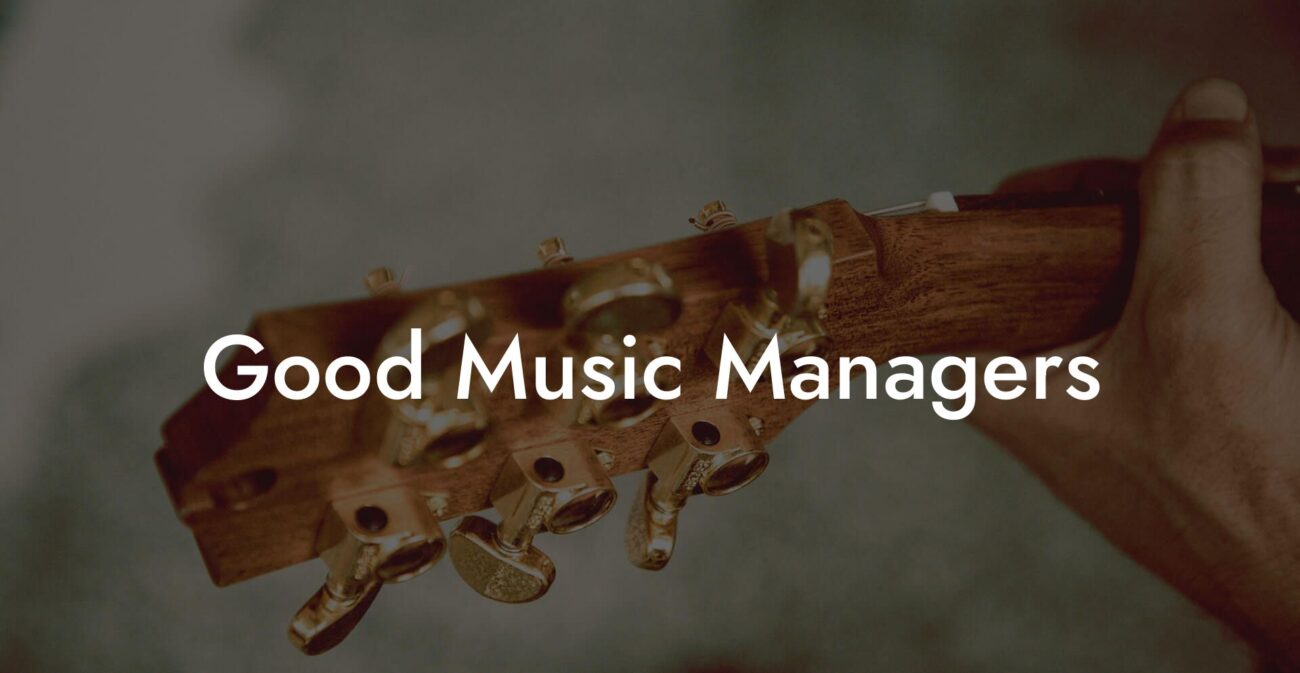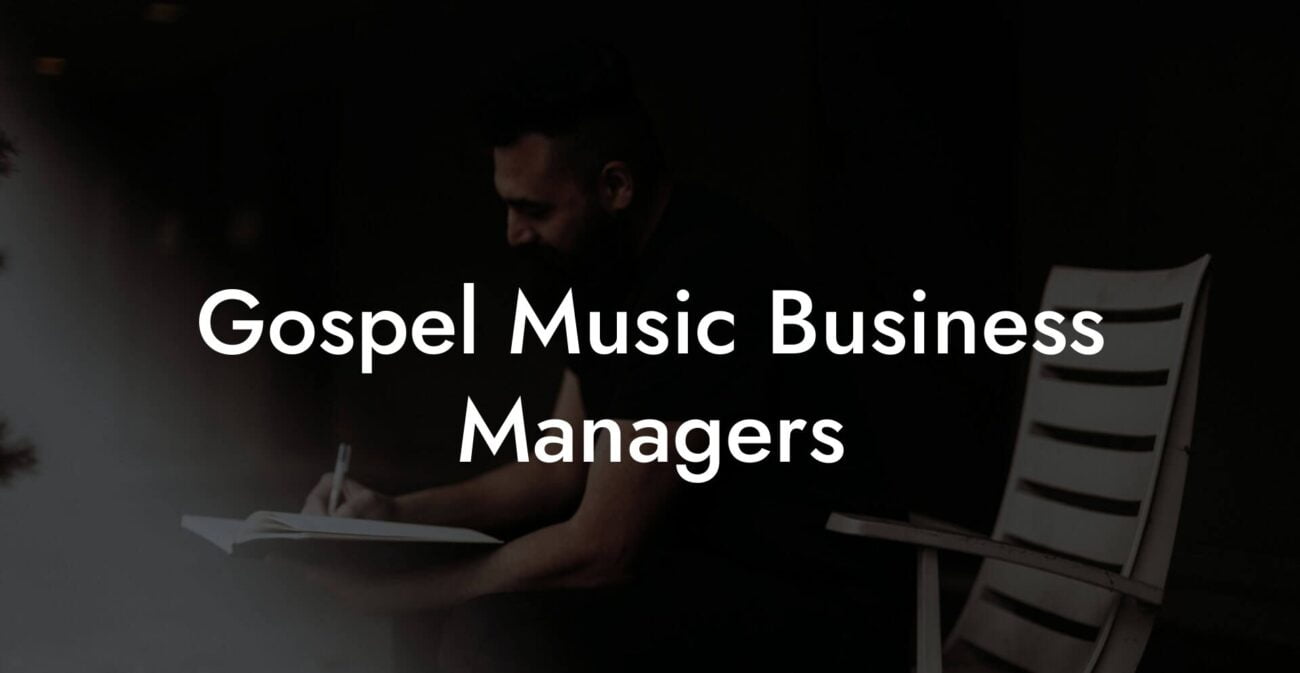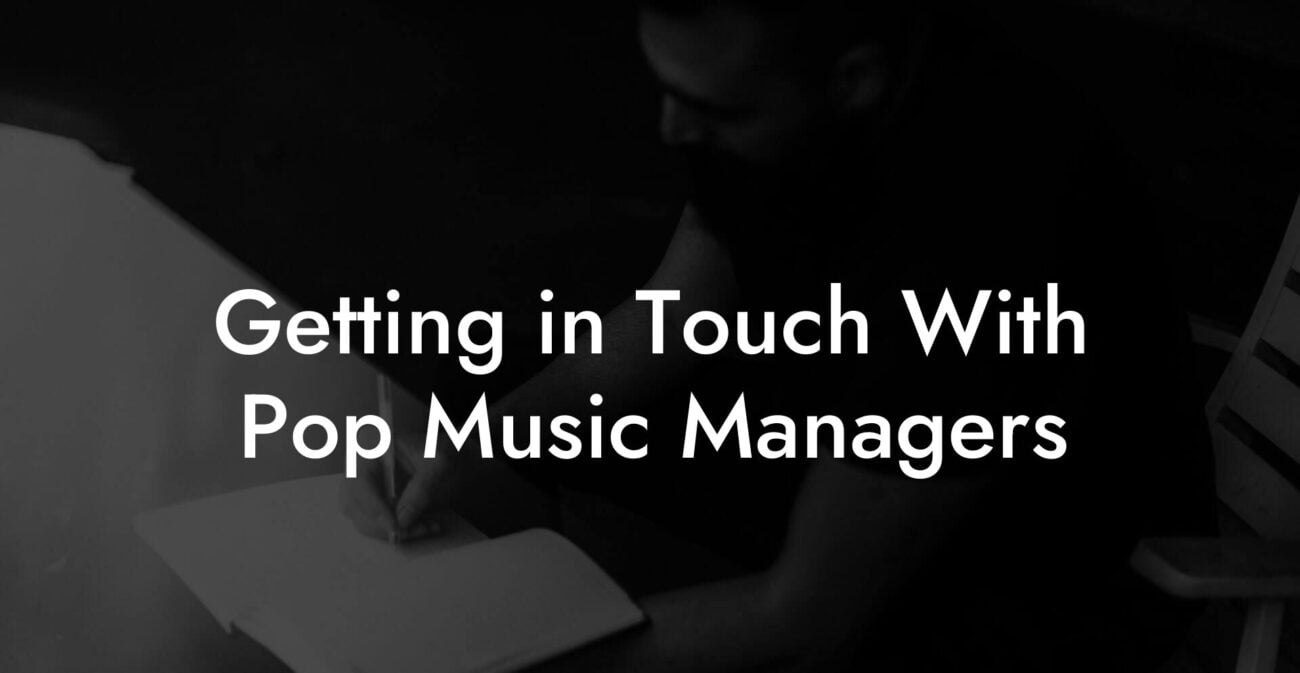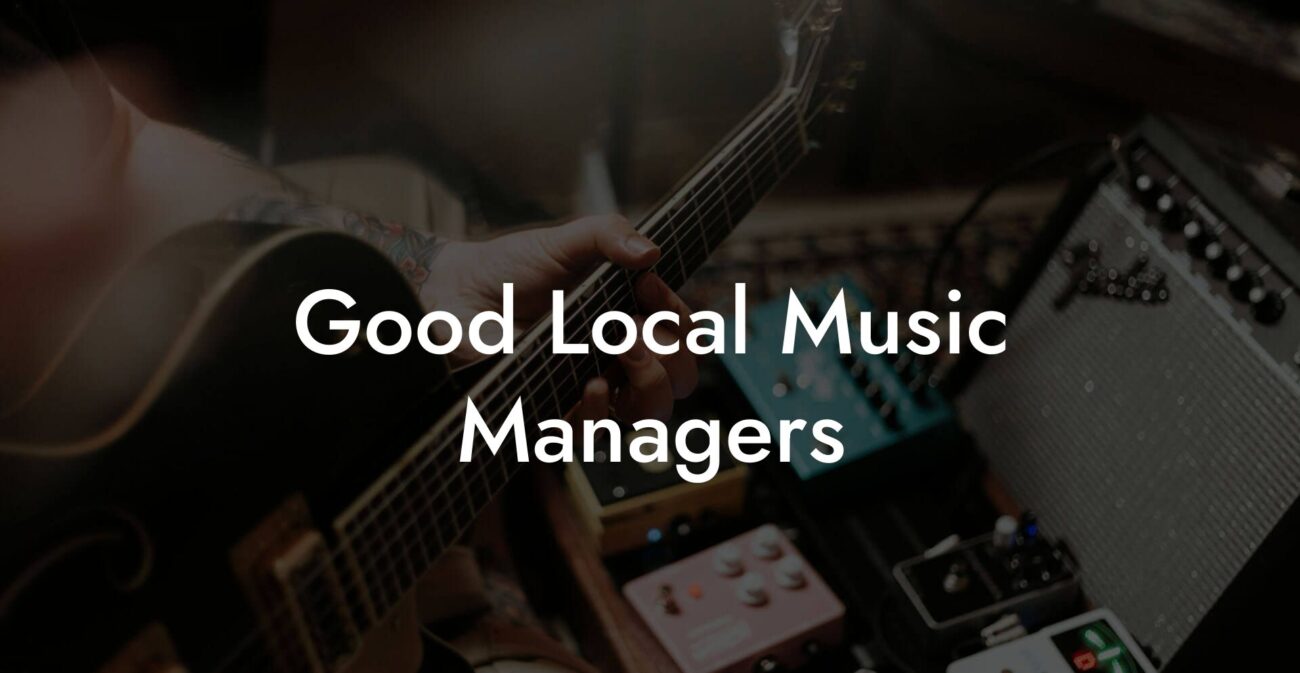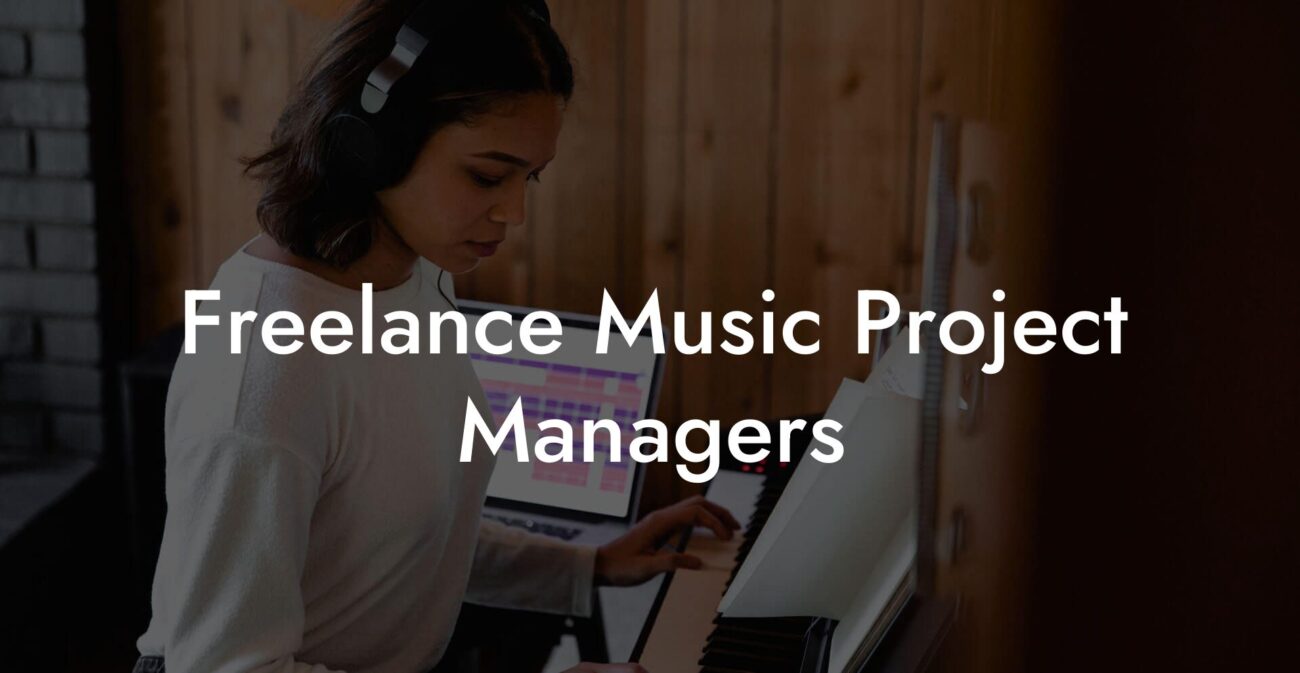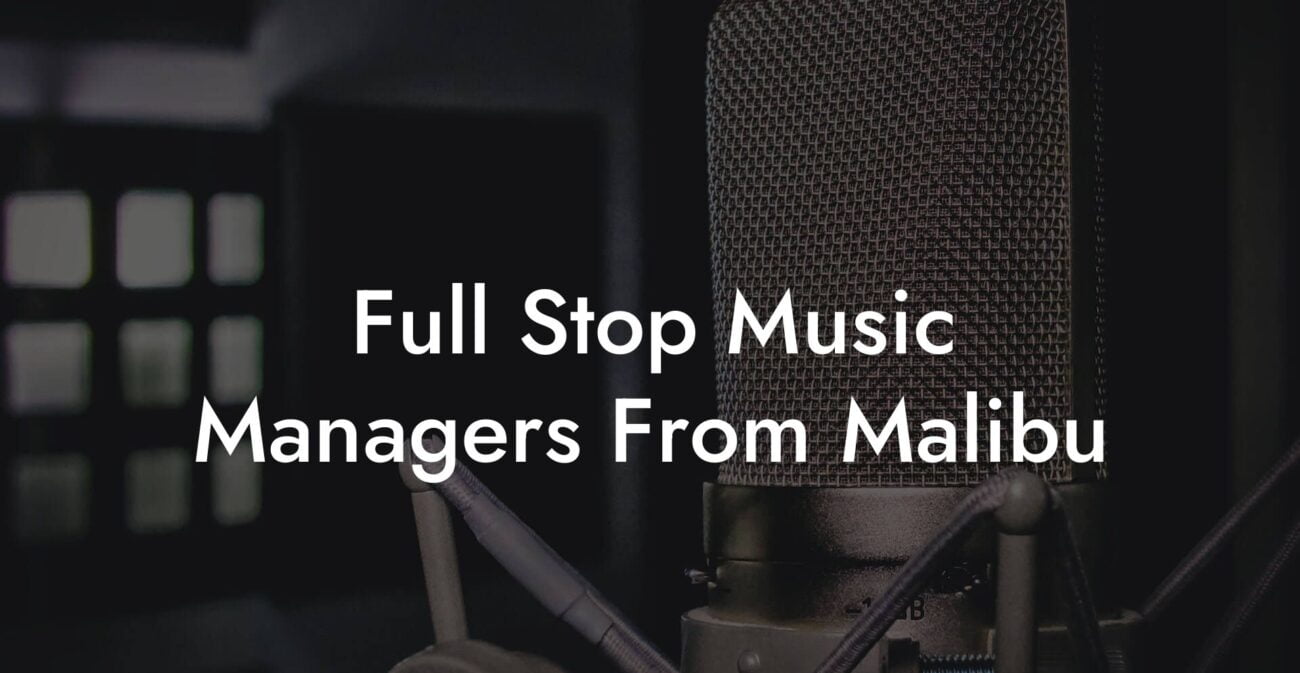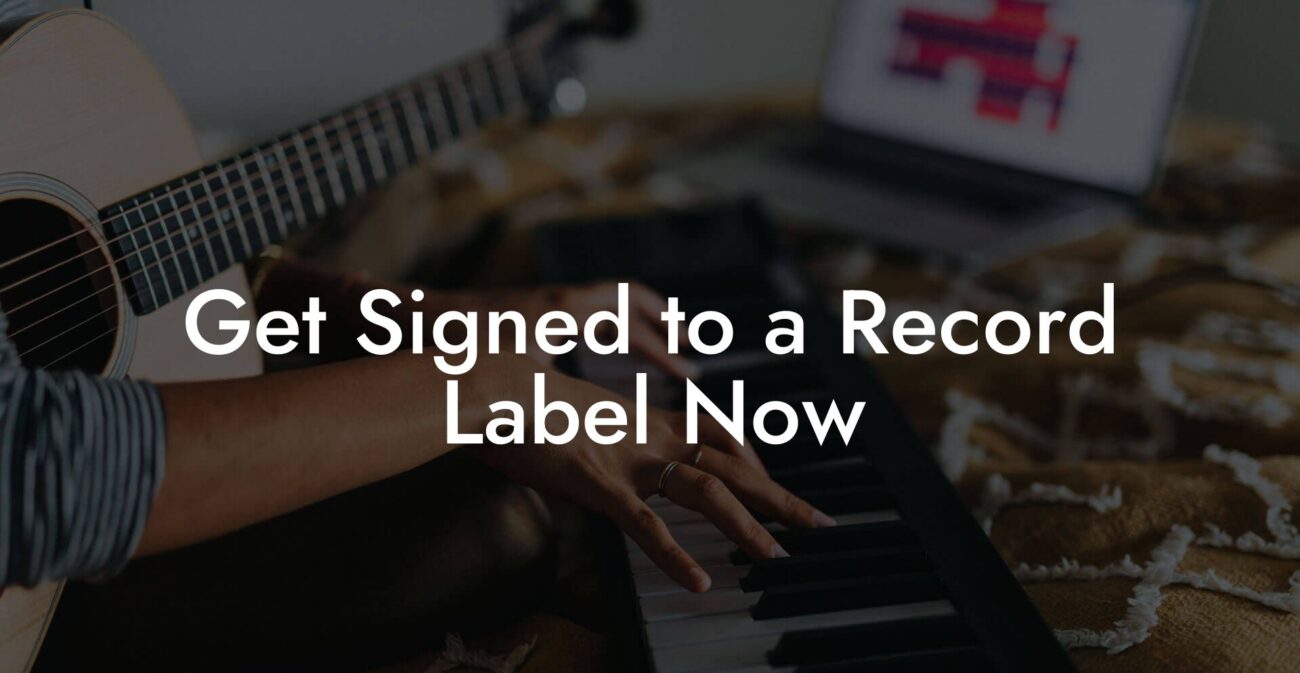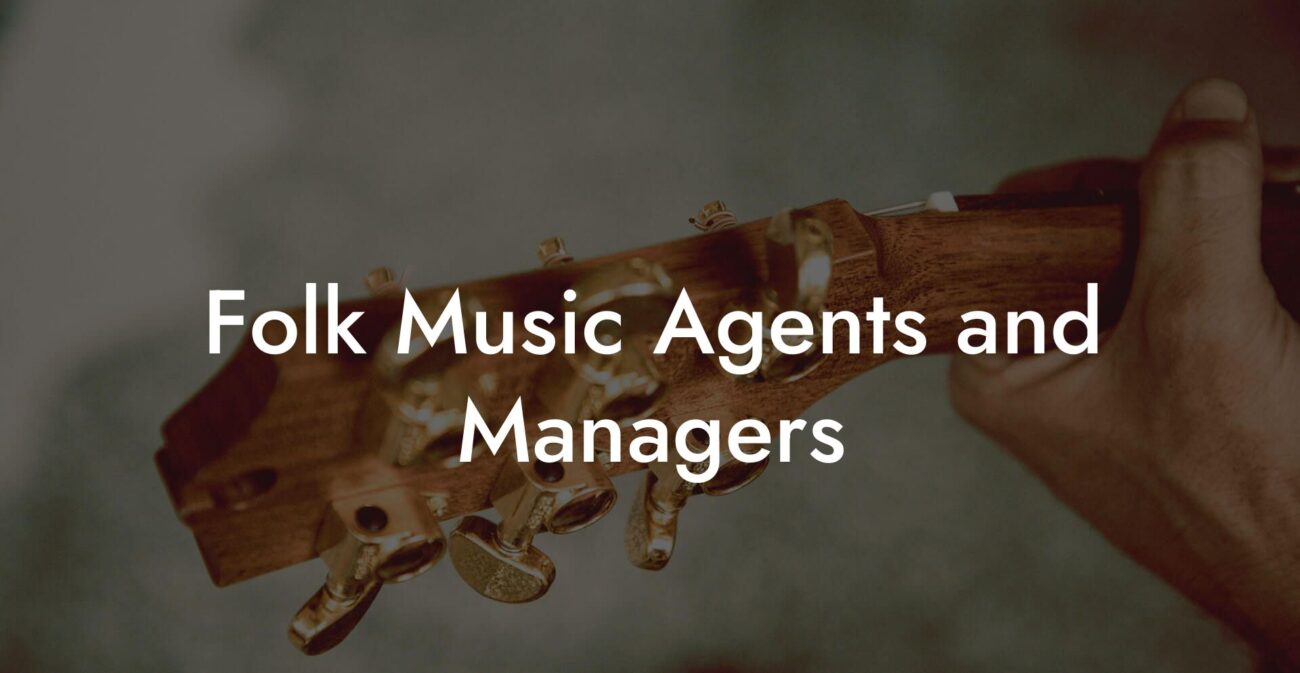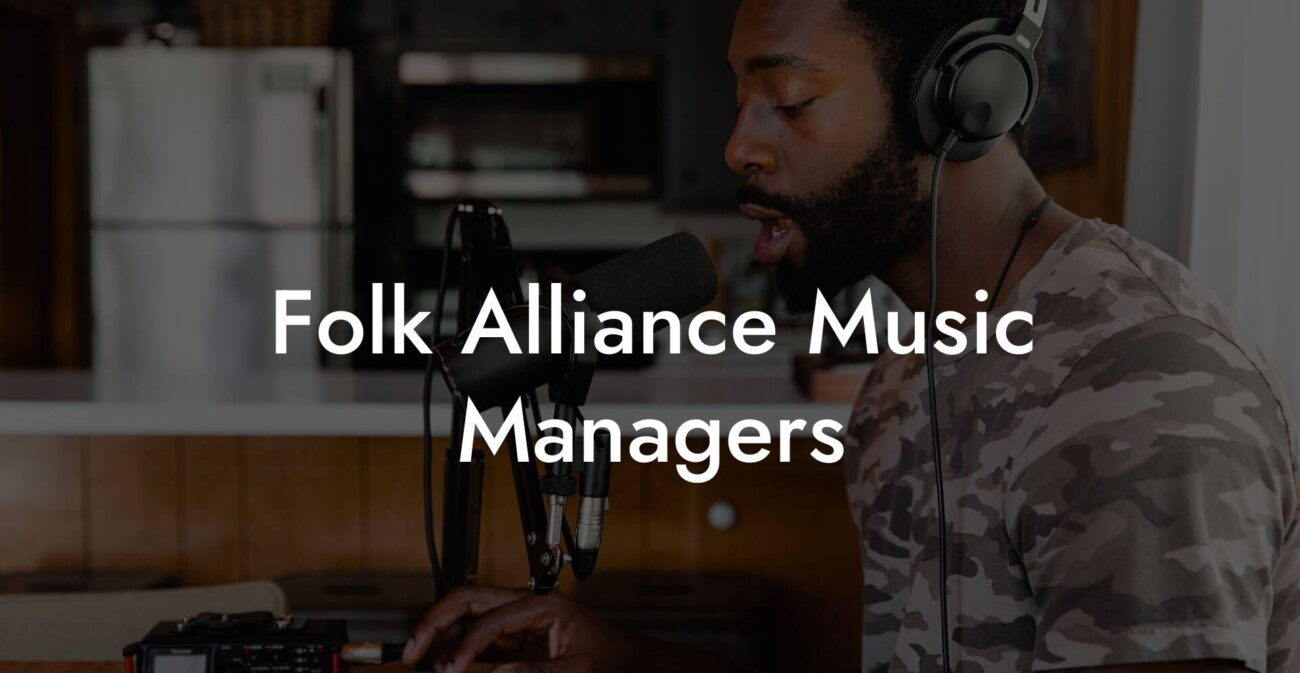Songwriting Advice
How To Right A Song Step By Step
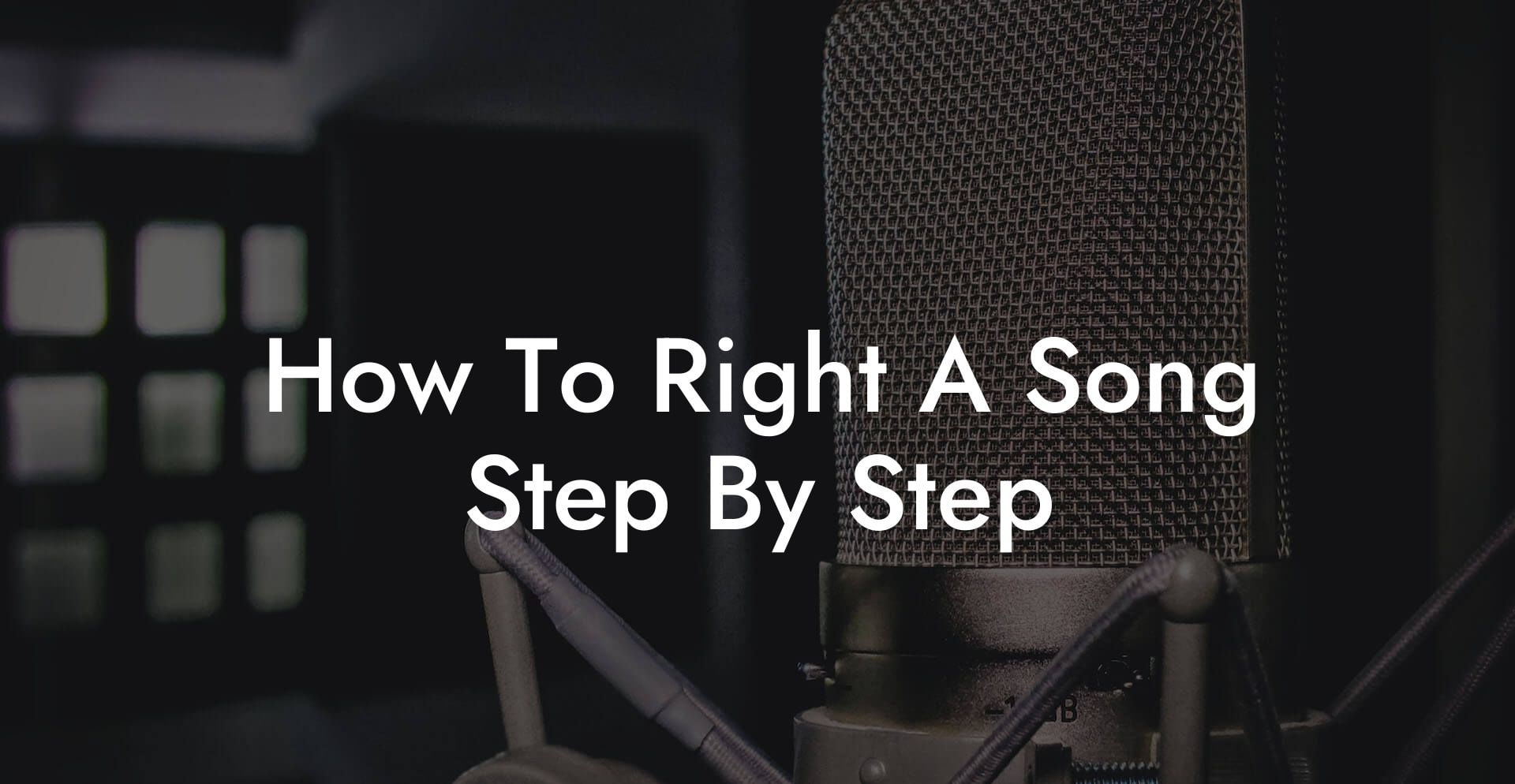
Ever felt the sudden urge to spill your heart out in a song, only to wonder, “How the heck do I right a song step by step?” You’re in the right place. Whether you’re a bedroom beat-maker or an aspiring chart-topper on the rise, we’re about to embark on a wild, creative journey filled with quirky tips, solid advice, and enough laughs to keep you inspired. Grab your favorite beverage, put on your headphones, and let’s dive into the wonderful world of songwriting!
Looking for the ultimate cheatsheet to skyrocket your music career? Get instant access to the contact details of the gatekeepers of the music industry... Record Labels. Music Managers. A&R's. Festival Booking Agents. Find out more →
Quick Links to Useful Sections
- Understanding the Art of Songwriting: More Than Just Words and Chords
- Step 1: Spark the Inspiration – Where Do Great Songs Begin?
- Discover Your Muse
- Engage With Music and Culture
- Overcoming the Blank-Page Blues
- Step 2: Laying Down the Lyrics – Crafting Your Story One Word at a Time
- Telling Your Story
- Play with Words
- Editing Like a Pro
- Step 3: Composing Your Melody – The Musical Heartbeat of Your Song
- Finding Your Chord Progression
- Hum It Out
- Experiment with Rhythm and Tempo
- Step 4: Structure and Arrangement – Building the Blueprint of Your Hit
- The Building Blocks
- Mix It Up
- Layering the Instrumentals
- Step 5: Editing and Polishing – Fine-Tuning Your Masterpiece
- Take a Break
- Critique Like a Musician
- Tighten Up the Lyrics and Melody
- Step 6: Embracing Technology and Collaboration
- Tools at Your Fingertips
- Collaborate and Create
- Embrace the Feedback Loop
- Resources and Community Support: Your Next Steps
- Online Communities and Forums
- Workshops and Webinars
- Books and Podcasts
- Songwriting Case Studies: Real-Life Journeys to Musical Genius
- The Bedroom Producer Turned Hit Maker
- The Poetic Soul with a Story to Tell
- The Collaborative Genius
- Bringing It All Together: Your Songwriting Blueprint
- Songwriting FAQs: Your Burning Questions Answered
- Your Songwriting Journey: Keep Creating and Keep Shining
Understanding the Art of Songwriting: More Than Just Words and Chords
Songwriting is a bit like cooking your favorite meal: you throw together a dash of emotion, a sprinkling of melody, a pinch of rhythm, and—voilà!—you’ve got something that resonates. But, let’s be honest, it isn’t always as effortless as humming in the shower. It’s a creative process that marries the art of storytelling with musical theory to produce something that can make you laugh, cry, or even inspire you to dance your heart out.
At its core, songwriting is a way of translating your innermost thoughts and experiences into something tangible. It’s part psychology, part creativity, and a whole lot of practice. Think about your favorite tracks—chances are, they weren’t crafted in 10 minutes. They stem from a deliberate process of exploration and refining, where each lyric, note, and chord progression is carefully chosen to express an emotion or concept.
And if you ever find yourself wandering in a musical desert looking for inspiration, remember: every song is unique. Your voice, your thoughts, and your way of seeing the world are your greatest assets. So, loosen up those creative muscles and let’s get into the nitty-gritty of how to right a song step by step.
Step 1: Spark the Inspiration – Where Do Great Songs Begin?
Every masterpiece starts with inspiration, that unpredictable moment when a lyric or chord progression pops into your head like an unexpected text from an old friend. Inspiration can hit anywhere—while you’re stuck in traffic, scrolling through your social feeds, or even during a late-night snack run.
Discover Your Muse
It may sound cliché, but your muse is often hiding in the everyday moments of your life. Keep a journal or use a note-taking app to capture those fleeting thoughts. Whether it’s a profound realization or a silly pun, jot it down. Over time, these ideas will form the building blocks of your song.
Engage With Music and Culture
Surround yourself with diverse musical influences. Listen openly to different genres, explore global sounds, and don’t hesitate to remix your favorite beats. Dance to trap one day and vibe with folk the next. This melting pot of musical styles can unlock fresh perspectives and creative ideas that fuel your songwriting process.
Overcoming the Blank-Page Blues
Sometimes the blank page feels intimidating. It’s okay to start somewhere—no matter how trivial it may seem. Use prompts, conversation snippets, or even dreams to inspire you. And when self-doubt creeps in? Take a step back and remind yourself that every songwriter has been exactly where you are right now.
Step 2: Laying Down the Lyrics – Crafting Your Story One Word at a Time
Lyrics are the soul of your song. They convey the story, the emotions, and the message you want to share with the world. Whether you’re aiming for poetic brilliance or a fun, catchy hook, the key is to be authentic.
Telling Your Story
Your lyrics should reflect your true voice. Start by brainstorming key themes or personal stories that have meaning for you. Think about the emotions you want to evoke in your audience—joy, melancholy, rebellion—and tailor your words to resonate with those feelings.
Play with Words
Experiment with language. Use puns, rhymes, and even quirky metaphors to create interesting imagery. Don’t be afraid to mix it up—throw in some alliteration or a clever double entendre. Your lyrics should be a playground for your creativity.
Editing Like a Pro
Writing is rewriting. Your first draft is just the starting point. Come back to your lyrics with fresh eyes and refine them. Remove cliches, tighten up your verses, and ensure every line contributes to the overall story. Sometimes, a small tweak can turn an average line into a powerful punch.
And if you ever find yourself in a lyrical rut, tools like Lyric Assistant are here to spark that first line or help you overcome writer’s block. Think of it as your trusty songwriting sidekick—ready to bolster your creativity when you need that extra nudge.
Step 3: Composing Your Melody – The Musical Heartbeat of Your Song
While lyrics articulate your message, the melody is the path that carries it to your listener’s heart. It’s the tune that sticks in your head and keeps you humming long after the song’s over.
Finding Your Chord Progression
Chords set the mood. Experiment with various chord progressions until you find one that resonates with the emotion you’re trying to convey. Whether it’s a melancholic minor chord or a bright, uplifting major progression, let the chords guide your melody.
Hum It Out
Sometimes the best way to develop your melody is to simply sing. Hum your lyrics aloud, try different tunes, and see what naturally evolves. Record your experiments—these raw snippets might someday be transformed into your signature hook.
Experiment with Rhythm and Tempo
The rhythm and tempo of your song dictate its energy. Adjusting these elements can completely alter the feel of your track. Are you aiming for a relaxed vibe or a heart-pounding anthem? Play around with different beats until you strike the perfect balance.
Remember, the melody doesn’t have to be overly complicated. Often, simplicity can have the most profound impact, leaving room for the lyrics to shine.
Step 4: Structure and Arrangement – Building the Blueprint of Your Hit
A well-structured song is like a well-designed building—it has a strong foundation and an inviting layout that guides the listener through an emotional journey. Common sections include verses, choruses, and bridges, each serving a unique purpose.
The Building Blocks
Most songs follow a structure that can be broken down into parts:
- Verse: Where the story unfolds; it provides context and details.
- Chorus: The emotional and musical centerpiece that is often the most memorable part of your song.
- Bridge: A contrasting section that adds depth and builds a connection between the verses and choruses.
Mix It Up
While traditional structures work well, don’t be afraid to experiment. Some of the most iconic tracks break away from the norm, offering fresh structures that keep listeners on their toes. Play with the order or even the length of each section—there’s no one-size-fits-all formula in songwriting.
Layering the Instrumentals
Once you have your basic structure, it’s time to layer in the instrumentals. This is where you can add depth and texture through the use of bass lines, harmonies, and even digital effects. The right arrangement enhances the emotional impact of your song while ensuring that each element complements the overall sound.
Think of the arrangement as the architecture of a building—every room (or section) has a purpose and together they create an immersive experience.
Step 5: Editing and Polishing – Fine-Tuning Your Masterpiece
Congratulations, you’ve got a rough draft of your song! Now comes the crucial part: editing and polishing. This is the refining stage where your song moves from a rough gem to a sparkling hit record.
Take a Break
Step away from your song for a bit. Giving yourself space can provide a fresh perspective when you return to it. Sometimes, even a short break helps you hear your creation in a new light.
Critique Like a Musician
Listen back to your recording (even if it’s just a rough smartphone demo) and note what works and what doesn’t. Is the hook catchy enough? Do the transitions feel smooth? Ask friends or fellow musicians for feedback—they might catch something you missed.
Tighten Up the Lyrics and Melody
Once you have feedback, refine your lyrics and melody. Polish your verse transitions, make sure your chorus delivers the emotional punch you intended, and ensure that every note fits perfectly. This is your chance to experiment with slight alterations that enhance the overall impact.
Don’t be afraid to take bold steps even during the editing process. Sometimes, rewriting entire sections can be the secret ingredient to a hit.
Step 6: Embracing Technology and Collaboration
In this digital era, you’re not alone in your songwriting journey. The evolution of technology has opened up endless possibilities when it comes to composing and refining songs.
Tools at Your Fingertips
From digital audio workstations (DAWs) like Ableton or Logic Pro to mobile apps that help you capture melodic ideas on the fly, technology can be your best friend. For instance, Lyric Assistant is a powerhouse tool that can help you effortlessly write lyrics for your next hit. Whether you’re struggling with writer’s block or simply need a creative boost, let technology lighten the load.
Collaborate and Create
Collaboration is the secret sauce to many musical successes. Working with other songwriters, producers, or even visual artists can expand your creative horizons. Virtual collaborations allow you to get feedback from experts around the world—helping you refine lyrics, craft melodies, and produce arrangements that resonate.
Embrace the Feedback Loop
Use online platforms or community forums to share snippets of your work and invite constructive criticism. Remember, every piece of feedback is a chance to learn and grow. Again, technology and community go hand in hand to ensure your creative journey is dynamic and ever-evolving.
Resources and Community Support: Your Next Steps
The road to songwriting mastery is a continuous learning experience, and you don’t have to walk it alone. There are countless resources and vibrant communities out there waiting to champion your journey.
Online Communities and Forums
From Reddit’s r/Songwriting subreddit to dedicated Facebook groups, explore the digital spaces where songwriters share tips, challenges, and wins. You’ll be amazed at the wealth of advice that spans everything from lyric tweaks to mixing secrets.
Workshops and Webinars
Look for online courses, webinars, or local workshops that dive deep into the craft of songwriting. These are fantastic platforms to learn new techniques, understand music theory, and even network with industry professionals.
Books and Podcasts
Pick up books by your favorite songwriters or subscribe to podcasts that break down iconic hits and debunk the mysteries of music production. Whether you’re a fan of storytelling or the technical side of music, there’s something out there that’s perfect for you.
And remember, you can always lean on tools like Lyric Assistant to enhance your creative process as you continue to explore and experiment.
Songwriting Case Studies: Real-Life Journeys to Musical Genius
Sometimes the best way to understand a process is by looking at real-life examples. Here are a few stories that highlight different paths to successfully “righting” a song:
The Bedroom Producer Turned Hit Maker
Meet Alex, a self-taught musician who started out recording tracks in his cramped apartment. With nothing but a laptop, a keyboard, and an ever-present curiosity, Alex experimented with mixing genres—from lo-fi hip hop beats to indie-pop melodies. He would spend nights scribbling down spontaneous lyrics in his favorite notebook and using online tools like Lyric Assistant to refine his raw ideas. Over time, his unconventional style caught on, and today, he collaborates with other digital musicians around the globe.
The Poetic Soul with a Story to Tell
Then there’s Jamie—a storyteller at heart who realized that every great song starts with a powerful narrative. Jamie’s breakthrough came during a moment of vulnerability, channeling raw emotions into carefully crafted verses. By taking a deep dive into personal experiences and experimenting with various musical structures, Jamie transformed everyday life into compelling lyrics. It wasn’t long before the authenticity of the message resonated, earning a loyal following online.
The Collaborative Genius
Finally, consider Taylor, who recognized early on that collaboration is key. Instead of trying to shoulder every aspect of songwriting alone, Taylor joined forces with fellow artists from different musical backgrounds. The creative process turned into a vibrant, communal experience—one filled with brainstorming sessions, shared feedback, and group rehearsals. With each session, their collective energy translated into songs that felt richer and more nuanced than anything they could have created individually.
These case studies remind us that there’s no single “right” method to creating a masterpiece. Each song is a unique blend of inspiration, practice, and a pinch of serendipity.
Bringing It All Together: Your Songwriting Blueprint
So, how do you right a song step by step? Let’s break it down:
- Inspiration: Embrace your everyday experiences and let your muse guide you. Whether it’s a moment of joy, heartbreak, or just a quirky observation, let it all flow onto paper or into your phone.
- Lyric Creation: Write from the heart. Use creative language, experiment with structures, and edit relentlessly until your words pack the punch you want.
- Melody & Harmony: Experiment with chords, hum your ideas until they form a cohesive tune, and trust your ear to guide you to the right vibe.
- Structure & Arrangement: Organize your song into verses, choruses, and bridges. Allow each section to build upon the last, creating a dynamic and engaging journey.
- Editing & Polishing: Take a break, seek feedback, and refine every element until your song feels complete.
- Leverage Technology & Community: Use tools like Lyric Assistant and collaborate with other creative minds to boost your songwriting prowess.
This step-by-step blueprint isn’t a rigid formula—it’s a flexible guide that you can adapt to your own creative style. Think of it as the foundation for your musical house, one that you can continue to renovate and upgrade as you grow as an artist.
Songwriting FAQs: Your Burning Questions Answered
The journey to songwriting mastery is as unique as you are. Here are some frequently asked questions that might help you overcome common hurdles in your creative process:
1. What if I’m not naturally musical? Can I still write a good song?
Absolutely! Songwriting is about expressing your unique perspective, not about hitting every note perfectly. Many great songwriters started with simple tunes and honed their skills over time. Let your story be the driving force.
2. How do I overcome writer’s block when I need inspiration?
Try changing your environment, using creative prompts, or collaborating with fellow musicians. Sometimes even a short break or a mood-changing activity can reset your mind and get the ideas flowing.
3. How important is the structure of a song?
While structure helps guide the listener, there’s plenty of room for experimentation. Use traditional formats for guidance, but don’t be afraid to subvert expectations if it serves your creative vision.
4. What role does technology play in modern songwriting?
Technology is a game-changer. From digital audio workstations and mobile apps to lyric generators like Lyric Assistant, these tools help streamline your songwriting process and let you focus on your creativity.
5. How can I find the right balance between lyrics and melody?
It comes down to trial and error. Start by focusing on one element and then adjusting the other until they complement each other seamlessly. Feedback from other musicians can also provide valuable insights.
6. Do I have to follow traditional songwriting rules?
Not at all. While it helps to know the basics, some of the most innovative songs break the mold. Let your creativity lead the way and experiment with different formats that feel right to you.
7. How do I know when my song is finished?
That’s the million-dollar question! Trust your instincts. When you feel that every element—lyrics, melody, and structure—conveys your intended message and emotion, it might just be time to call it done. And remember, you can always revisit it later.
Your Songwriting Journey: Keep Creating and Keep Shining
Songwriting is an ever-evolving adventure—a blend of art, science, emotion, and even a dash of luck. Whether you’re penning your first verse on a lazy Sunday afternoon or hitting the studio full throttle with your band, remember that every line you write is a step closer to mastering your craft.
Embrace the joy of creating, the thrill of experimenting, and the occasional hilarity that comes with trying to rhyme “orange.” Your journey is as unique as the songs you compose, and every struggle, every breakthrough, adds another layer to your artistic identity.
With tools like Lyric Assistant and a community of fellow songsmiths by your side, the process of righting a song step by step becomes less daunting and more like a creative conversation with your inner muse. So, keep that notebook close, stay inspired, and don’t be afraid to take risks—modern songwriting is as much about breaking the mold as it is about following it.
Now, go forth and create! Whether you’re crafting a soulful ballad, a high-energy anthem, or a quirky indie track, let your heart lead the way. Your next hit is waiting to be written—one word, one note, and one daring idea at a time.
And always remember: the beauty of music lies in its endless possibilities. Stay bold, stay curious, and most importantly, keep sharing your unique sound with the world.


